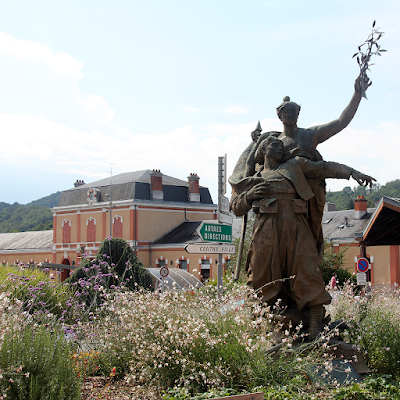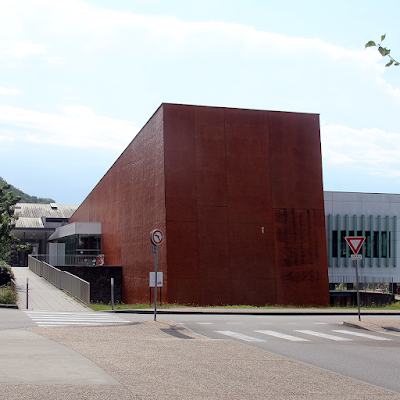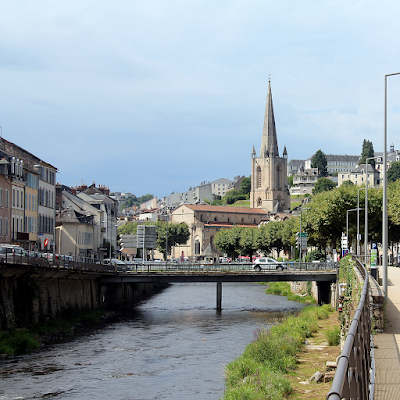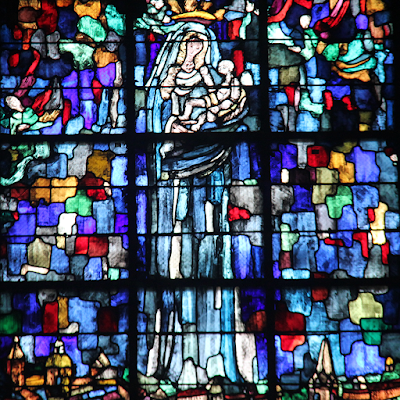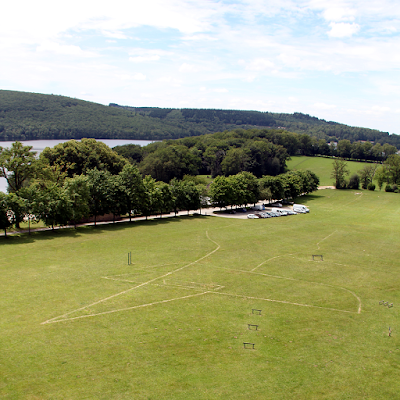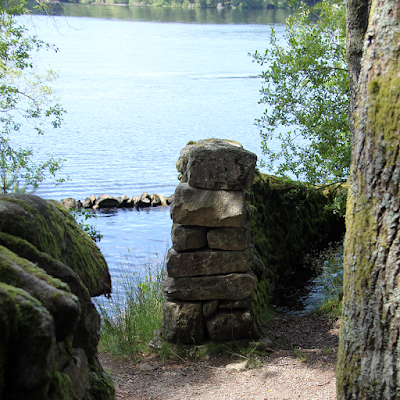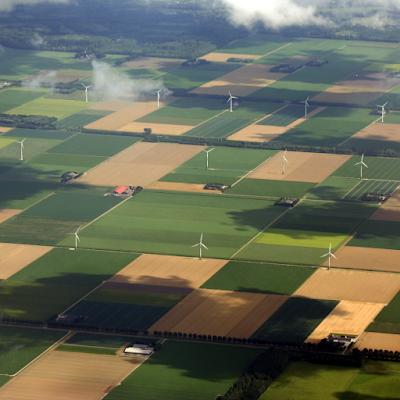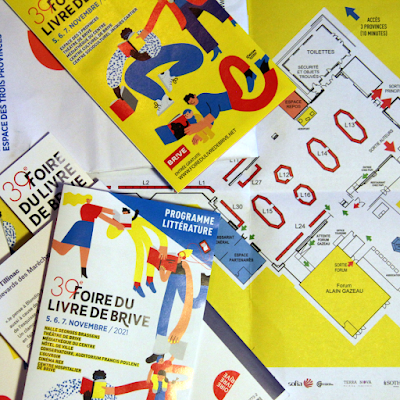 |
|
Lascaux cave paintings.
|
‘We have learned nothing in twelve thousand years’Picasso might have
exclaimed this at exiting the Lascaux cave (though it might have
been: ‘We have invented nothing …’, or perhaps exiting
the Altamira cave in Spain, there is no evidence for any of them).
Bahn (2005) reveals Picasso’s limited interest in Ice Age art, he
did own a reproduction of the Venus of Lespugue. His insight
into the distorted ideas we have about early humans due to the
ephemeral seems very valid:
‘Je ne crois
pas me tromper en affirmant que les plus beaux objets de l’âge de,
“pierre” étaient en peau, en tissu et surtout en bois. L’âge
de “pierre” devrait s’appeler l’Age de bois.…’. *
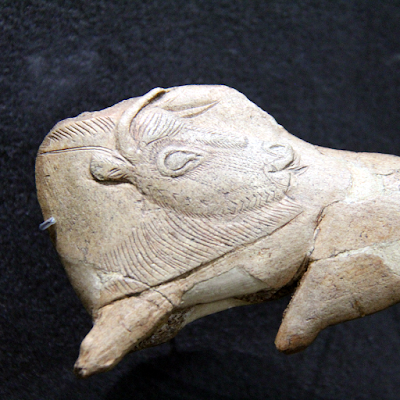 |
|
Bison licking its side from the
Madeleine shelter on display at the National Museum of prehistory.
|
The ‘Vézère valley ensemble’ of 147
prehistoric sites and 25 decorated caves, is now (as a landscape)
classified UNESCO World Heritage site. The UNESCO states
that: ‘The objects and the works of art found in the Vézère
Valley are extremely rare witnesses of long extinct civilizations,
which are very difficult to understand’. And that ‘by their
chronology (from 400.000 to 10.000 years), these sites reflect the
diversity of human occupations and artistic productions of
prehistoric humankind. The essential of the sites is conserved in the
state in which they were discovered, ensuring their authenticity’.
 |
|
Map of Ice Age Europe, with prehistoric sites.
|
Much of the
‘outstanding universal value for humankind’ of this ‘dead-end
migration route’ lies in the coherence of what was left behind. The landscape guided human and animal
migration routes (reindeer and salmon) following rivers and cliffs,
providing shelters and caves at a time the global human population
was below 5 million. The Ice Age landscape looked very different,
lower sea levels meant the continent, the British Isles and
possibly on to present day Iceland) were one vast brush tundra
supporting herds of bison, aurochs, horses, mammoth, woolly rhinoceros and giant deer. Much (most) of the cultural remnants lie at the bottom of the sea, or have rotten away. The entrance to the decorated Cosquer
cave was discovered at 36 meter below current water level of the
Mediterranean. The sites of the Vézère valley were relatively
accessible and relatively undisturbed.
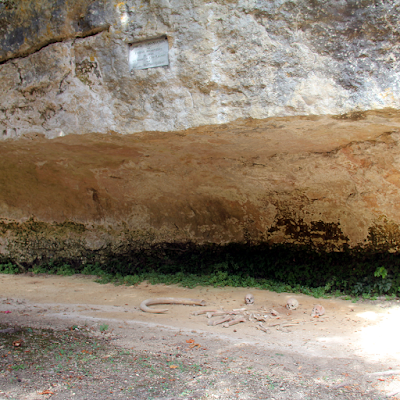 |
|
The Cro-Magnon rock shelter with reproduced skeletons.
|
Undisturbed that
was, till 1868 when the construction of the Périgueux-Agen railway
line uncovered animal bones, flint tools, and human skulls in the
Cro-Magnon rock shelter
(abri) at Les Eyzies. French geologist Louis Lartet was called for
excavations, and found the partial skeletons of four prehistoric
adults and one infant, along with perforated shells used as
ornaments, an object made from ivory, and worked reindeer antler. The
discovery shocked the common understanding of human history and
forced a re-think. 27,500 Years ago, people that shared modern
anatomical characteristics, buried their dead carefully and left
accompanying ‘offerings’.
 |
|
Laugerie-Haute
(24,000 – 14,000 BC) with its 10.000 year unbroken historic
record.
|
The discovery led to
a frenzy of treasure hunting excavations that turned up a series of
shelters: Le Moustier,
La Micoque, La Ferrassie, Shelter of the Fish, The Cap Blanc
Shelter, all pieces of a puzzle that only fell in place with the
excavation of the Laugerie-Haute (24,000 – 14,000 BC) with its
10.000 year unbroken record of bone tools, art objects and an
abundant series of carved flint. Interestingly a travel industry
developed around the pre-historic sites and caves, so conveniently
located on the railway. Reading the accounts and advertisement up
till the turn of the century leaves you wandering why there is no
reference to the paintings?
Interestingly enough no one saw them, visitors carved their names
right across them at the Font-de-Gaume Cave without noticing.
 |
|
Entrance
to the Font de Gaume, les
Combarelles, Abri
du Cap-Blanc and Bernifal.
|
The 1878 third Paris World's Fair displayed Vézère Valley objects that attracted the fascination
of a certain Mr. Sautuola. He decided to try his luck in some of the local caves on returning to Spain.
Bringing his daughter along to hold the light, she first saw the figures on the ceiling of the cave (he
had been scouring the floor for objects).
In 1880 Sautuola published ‘his’ find,
linking the drawings to the Paleolithic Period. Again shock,
disbelieve and skepticism from incredulous prehistorians from
evolutionist or creationist perspectives a like. They had to be fake…
they were not recognized until 1902, after the discovery of
Paleolithic rock art in caves like Combarelles and Font de Gaume had
validated the idea.
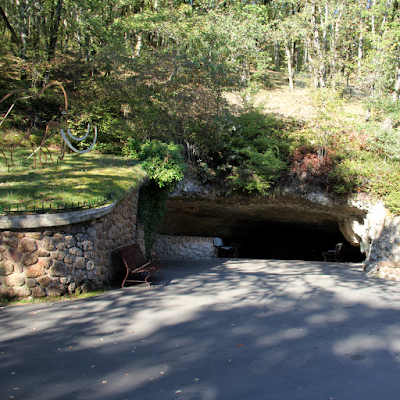 |
|
Mammoth
at the entrance to
the Rouffignac cave.
|
By the end of the
19th century the Vézère valley became known as the 'Valley of Mankind’. The discoveries made through haphazard
excavation of prehistoric sites fed the euro-centrist (and
‘scientifically’ racist) world view that creativity and
intelligence must have originated in Europe. Discoveries around the
word** have since affirmed these qualities to be essentially human
and ‘we’ carried them with us from Africa (with the African rift
valleys now the ‘cradle of mankind’).
The irrelevance was confirmed further when DNA research revealed
little continuity between these early and present day Europeans, and
now even Cheddar Man’seems to have had dark skin… we have learned little indeed ... still the
same small tribal mindset.
A more detailed introduction of Cave Art and some of the sites will
be the subject of another post.
References:
*) ‘I do not think I am mistaken in saying that the most beautiful objects of
the “Stone Age” were made of skin, fabric and especially wood.
The "Stone" Age should be called the Wood Age’ …
As quoted in Bahn P., 2005. A Lot of Bull? Pablo Picasso and Ice Age cave art In:Munibe. Antropologia-arkeologia. 2005, Num 57, pp 217-223.
**) For some recent examples see: Tens of Thousands of 12,000-Year-Old Rock Paintings Found in Colombia
and 45,000-Year-OldPig Painting in Indonesia May Be Oldest Known Animal Art
